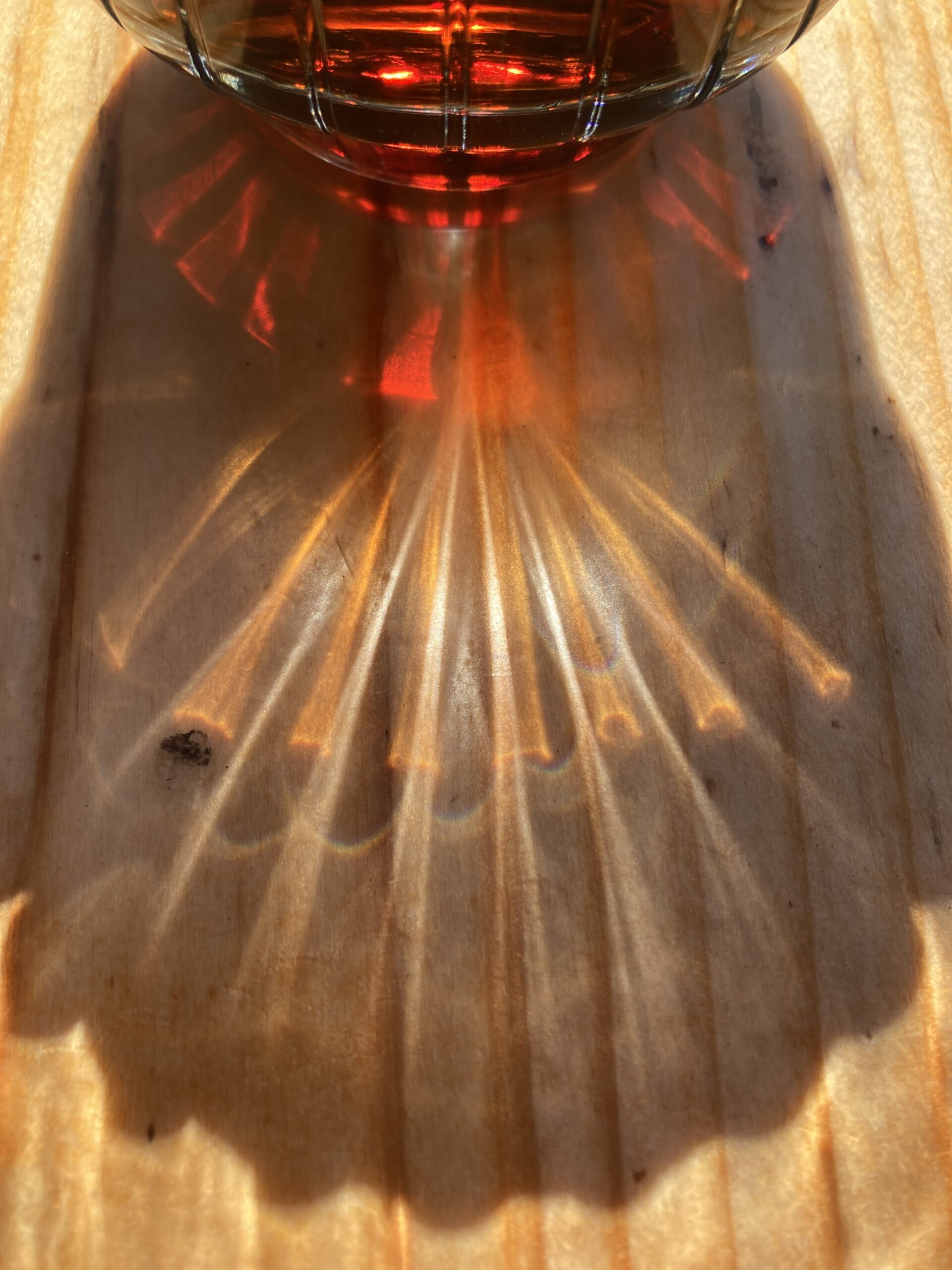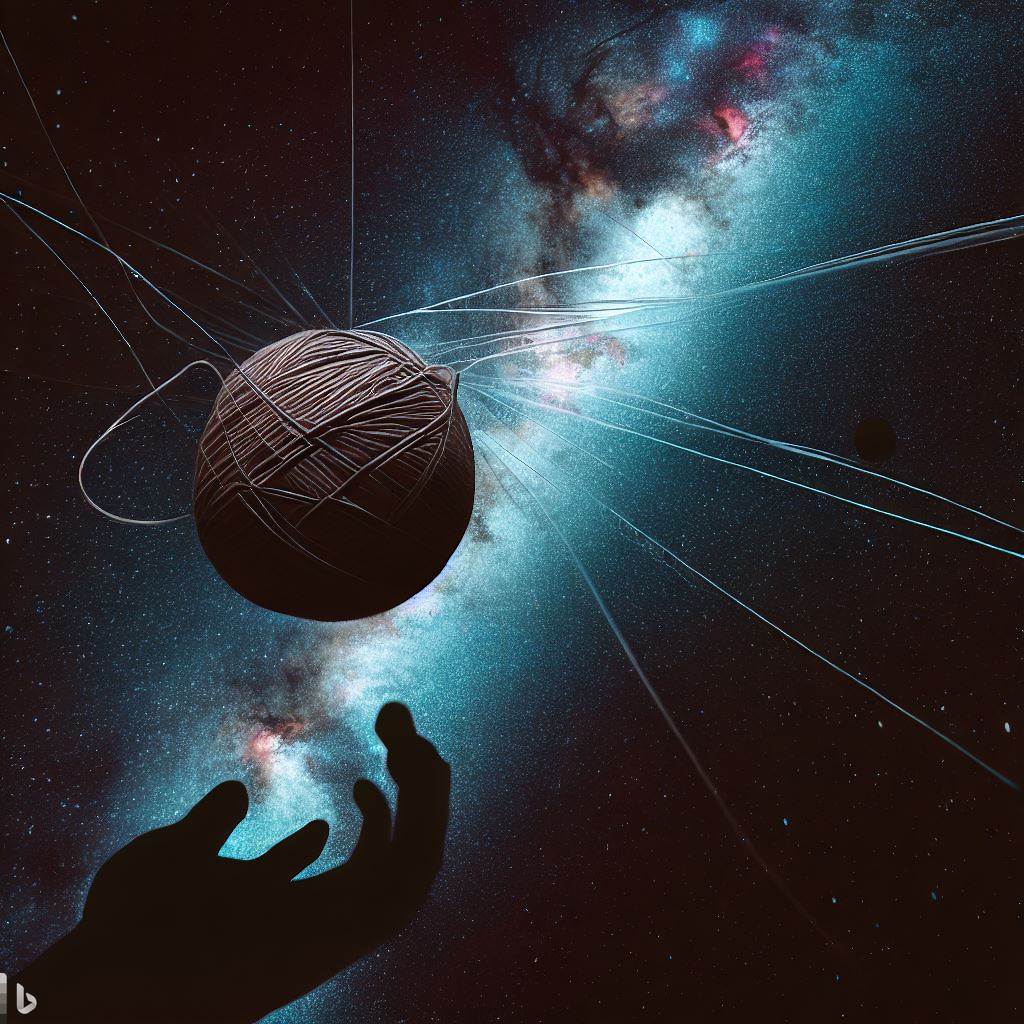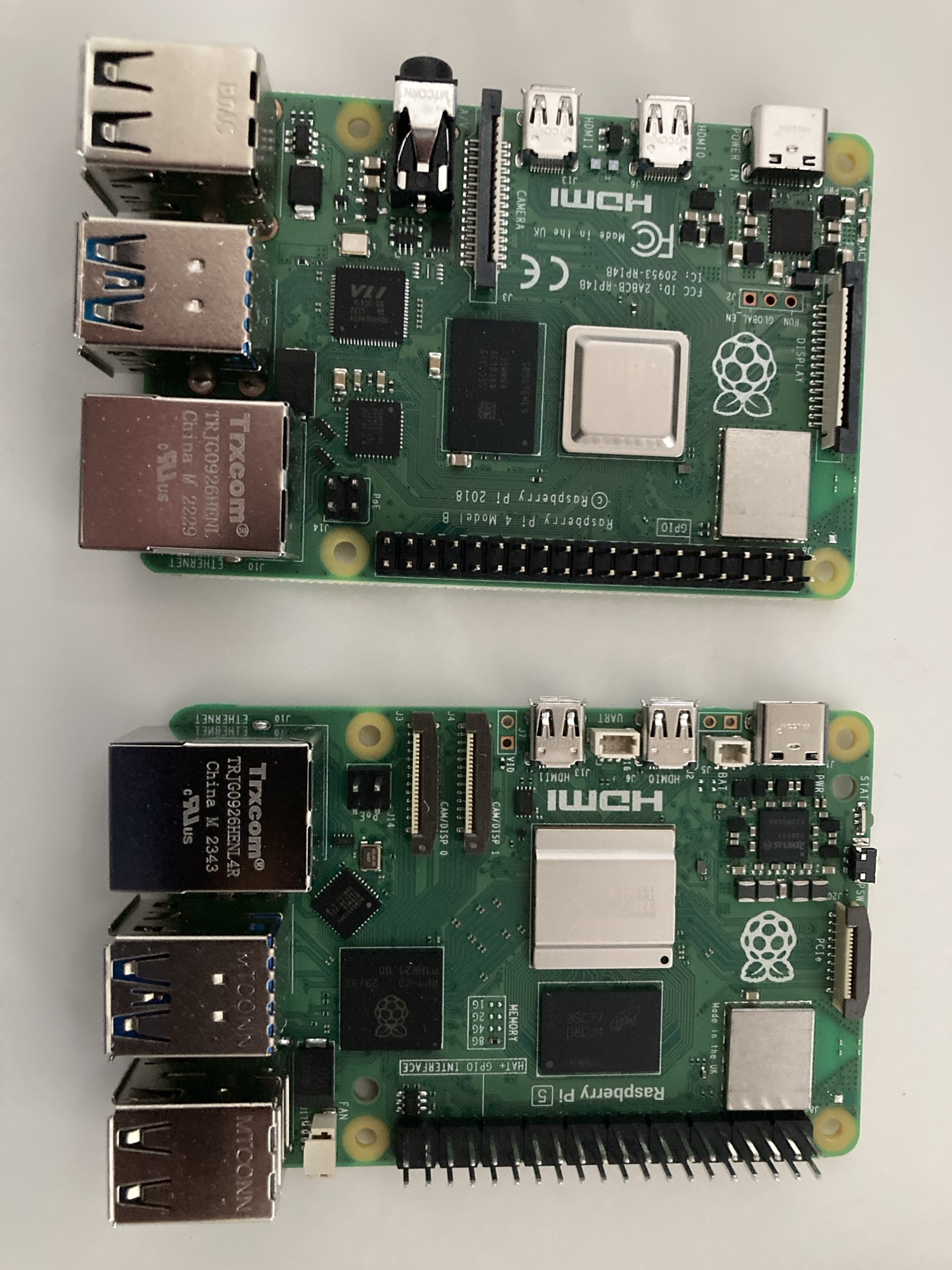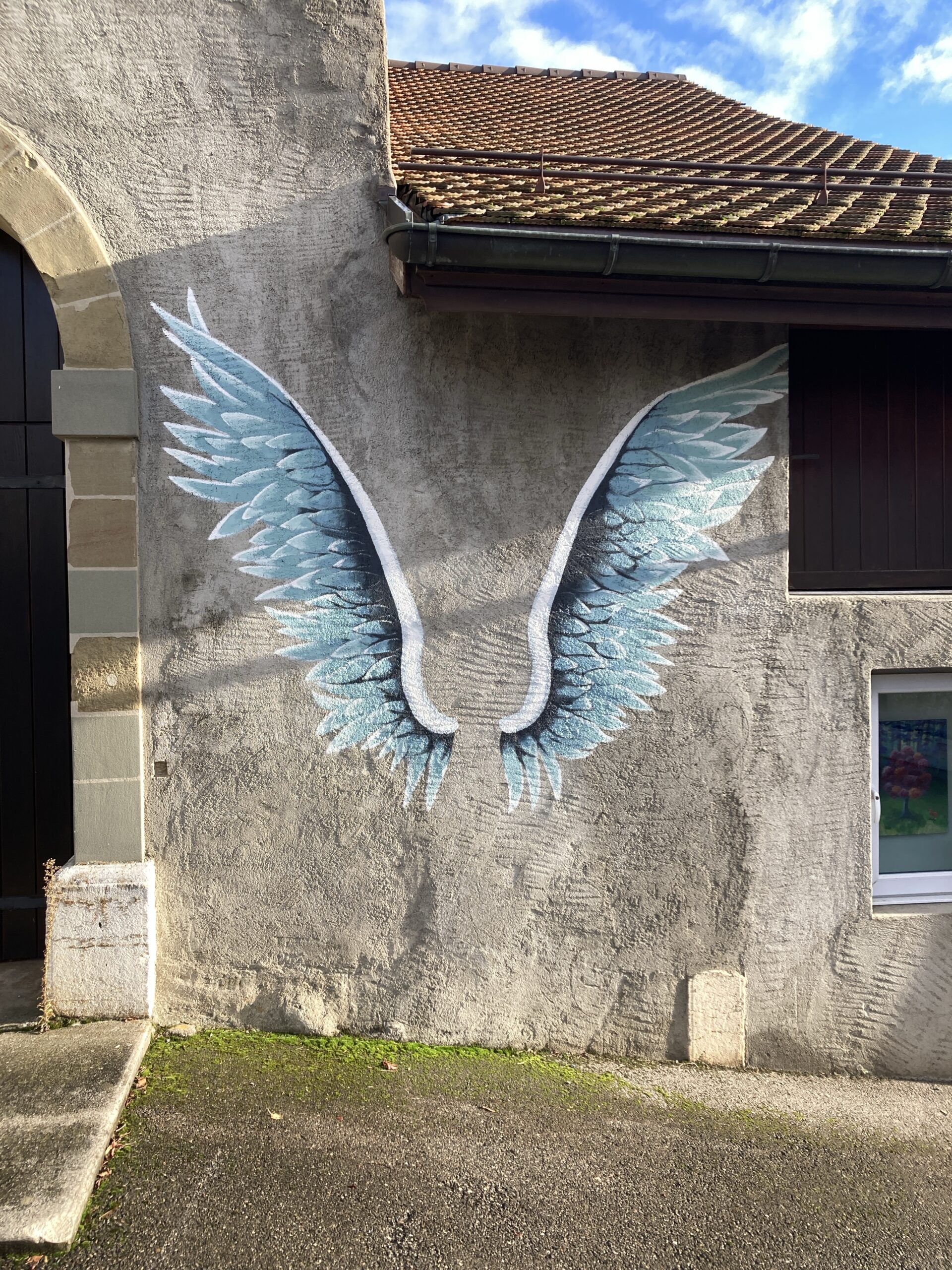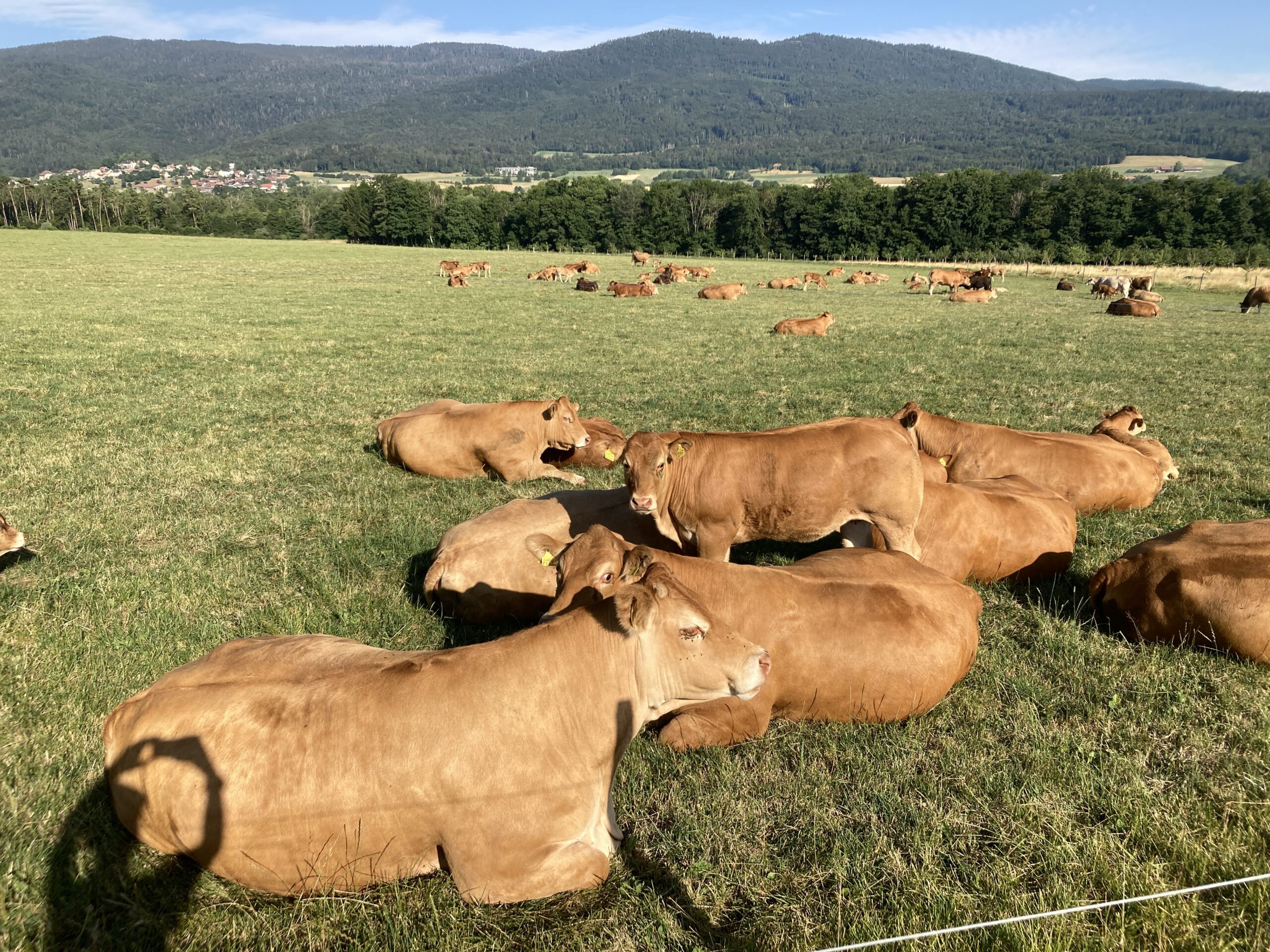Category: Video
-

Deepest Airbnb Video
Reading Time: < 1 minuteRecently I watched [a video](https://www.youtube.com/watch?v=n-4yrSVMwis) of two people going to sleep 1375 feet (about 400 meters deep) down in a cave that had once been a mine. As they descend they go from daylight to tunnel shafts, to walking in darkness until they get to places where they need to go…
-
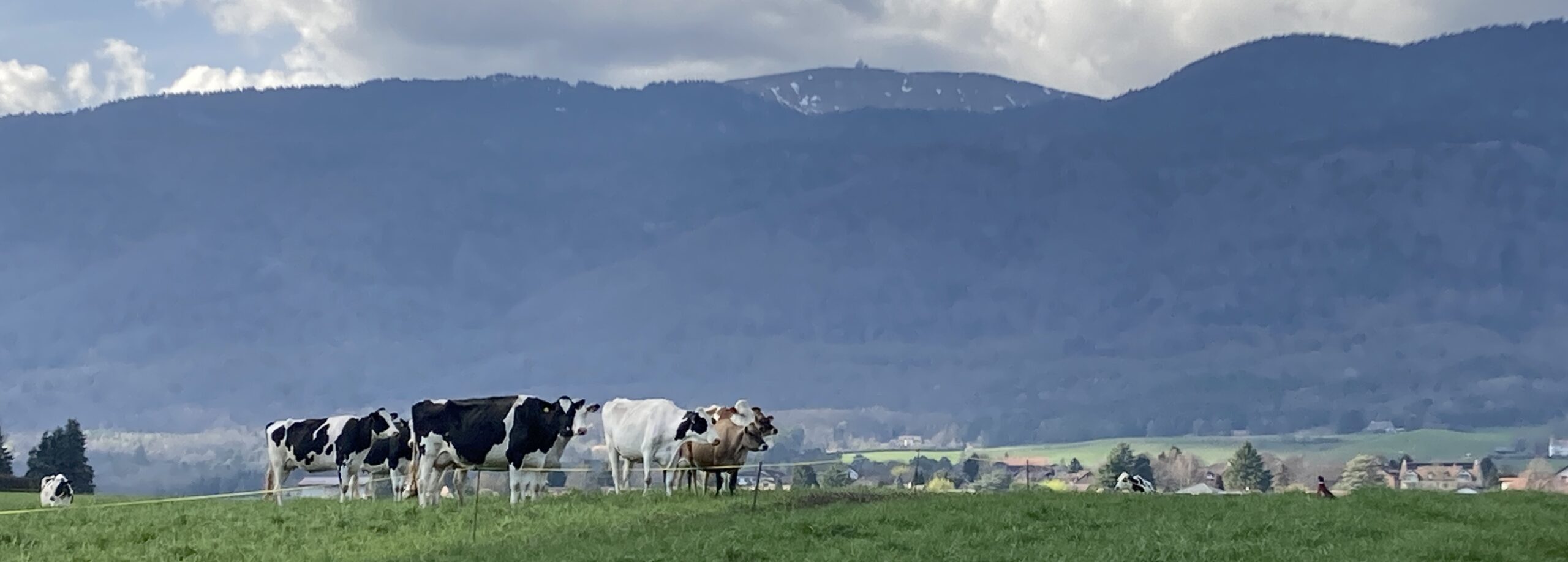
The Cow and Pheasant
Reading Time: < 1 minuteToday I went for my daily walk and I came across a couple of pheasants. One was female and the other was male. I was actually standing right next to the female and didn’t realise until she flew away from me. I was startled but no more. I was more focused…
-
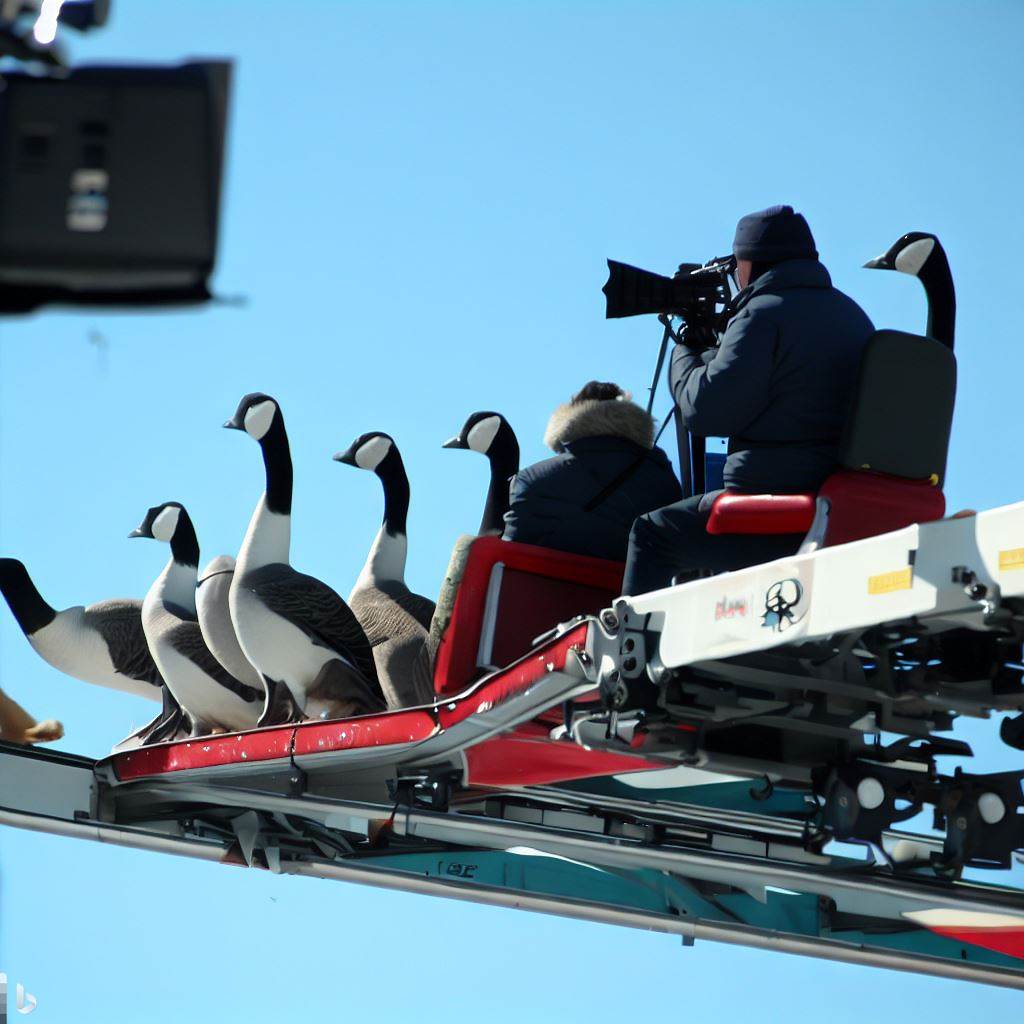
The iPhone Keynote – Apple Being Cheap
Reading Time: 4 minutesRecently Apple shot its entire keynote on their most expensive mobile phone. Whilst this sounds fantastic and empowering, it isn’t. In my eyes this is a marketing gimmick and a sad commentary on the state of video production today. Video as Art Video is an art. Video is a creative pursuit. If…
